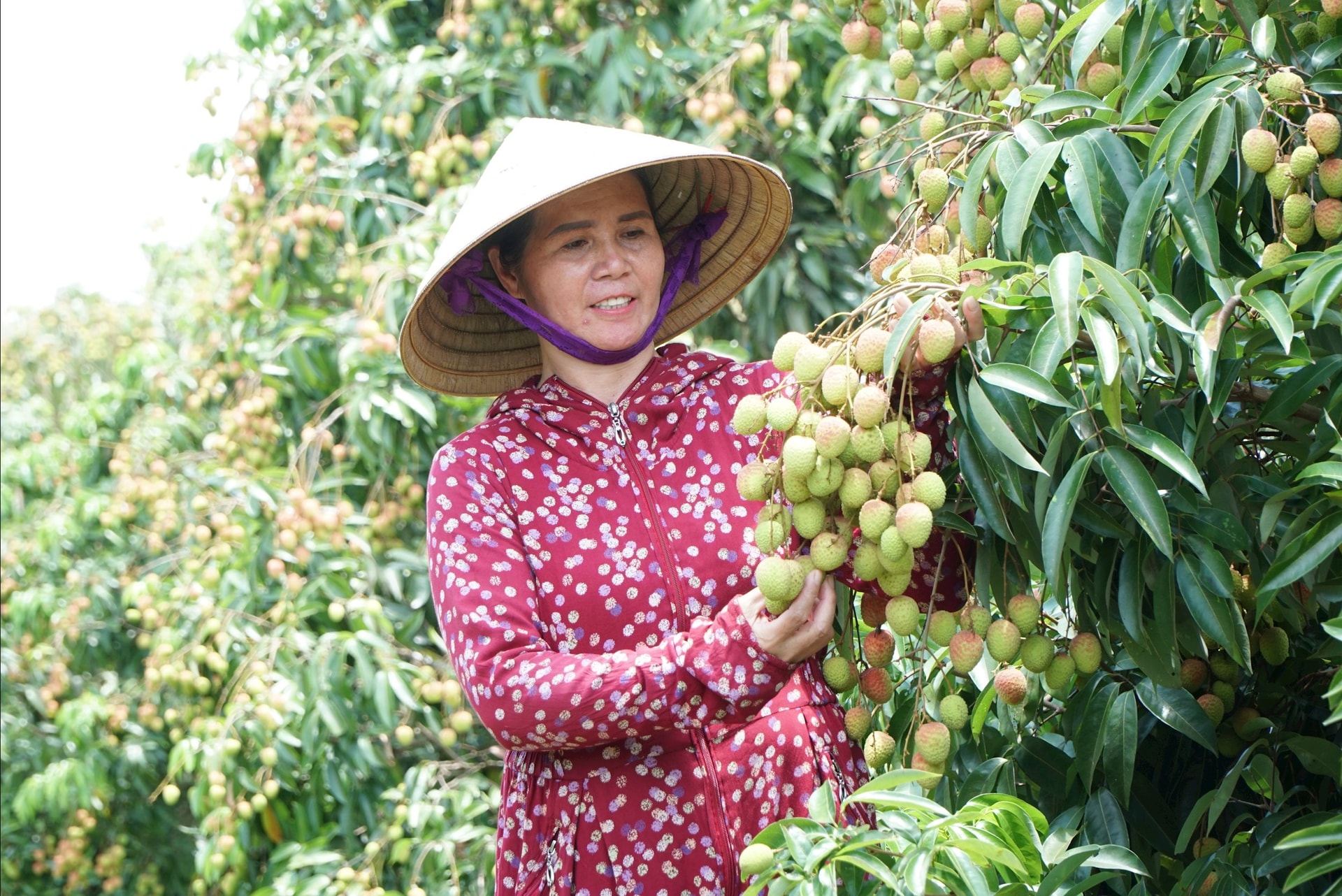
New challenges in building new rural areas
After merging and organizing local governments according to the 2-level model, Lam Dong quickly completed the apparatus to manage national target programs. However, reality shows that the initial transition process could not avoid confusion. The merger of administrative units caused many officials in charge of the NTM program to change their positions or retire. New officials need time to get acquainted, study the content and implementation process, leading to interruptions in the progress of direction and management at times.
Ms. Pham Thi Phuong - Secretary of Tuy Duc Commune Party Committee said that the commune is facing many challenges that each commune had previously "burdened" on its own. Tuy Duc Commune is a border locality with a large area, scattered population, and a high proportion of local ethnic minorities. "Traffic infrastructure, schools, and medical stations are degraded in many places, while people's needs are increasing. The remote area, with the village dozens of kilometers from the center, makes implementing the new rural criteria and mobilizing people difficult," Ms. Phuong said.
Ms. Phuong said that after the merger, the commune had to review all the works and NTM records of the old communes, which was a large amount of work, while new staff needed time to get acquainted. In addition, the work of receiving works, projects, and investment capital from the old communes to the new commune also needed to complete legal procedures, creating a certain "delay" in the disbursement process. However, authorities at all levels have proactively resolved the problem step by step, ensuring that the program is not interrupted, especially in the areas of civil infrastructure, transportation, schools, and the environment.
In 2025, the total state budget capital plan to implement the NTM program in the province will reach 939.5 billion VND, disbursement reaching nearly 85% of the plan. Investment resources are prioritized for disadvantaged areas, especially remote communes and ethnic minority areas, to narrow the development gap between regions. In addition to the state budget, Lam Dong also mobilizes credit capital, businesses and people to contribute to building infrastructure, improving rural areas, and maintaining cultural and environmental criteria. According to the Provincial People's Committee, the whole province currently has 80/103 communes meeting NTM standards, of which 3 communes meet advanced NTM standards and 1 commune meets model standards.
Towards advanced NTM
Entering the 2026 - 2030 period, the province has identified 8 communes in group 1, 71 communes in group 2 and 24 communes in group 3 to focus resources on implementation. The focus has shifted from "increasing the number of communes meeting standards" to "improving the quality of achieved criteria". Localities will continue to maintain the criteria and promote digital transformation in management and public services. In particular, the province encourages businesses to invest in agriculture and rural areas; promoting the role of people as subjects in all stages of the program from planning, implementation to monitoring, ensuring consensus and sustainability.
After administrative merger, Lam Dong has a great opportunity to promote the advantages of combining resources. The new rural program in the new context is not only about building infrastructure, but also a driving force for agricultural restructuring, promoting regional linkages and sustainable development.
With flexible adaptation, the participation of the entire political system and people, Lam Dong New Rural Area is proving its ability to overcome challenges, maintain growth momentum and enter the stage of developing green, smart and livable rural areas.
Source: https://baolamdong.vn/sau-sap-nhap-hanh-chinh-nong-thon-moi-lam-dong-thich-ung-ra-sao-404143.html











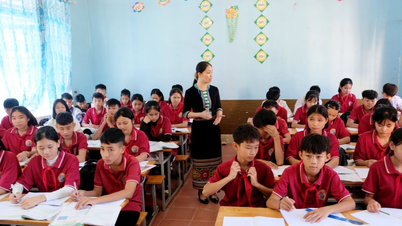

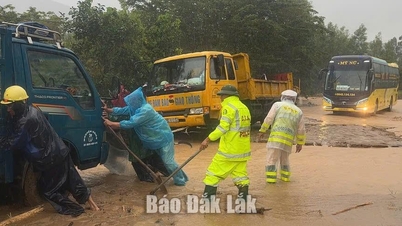

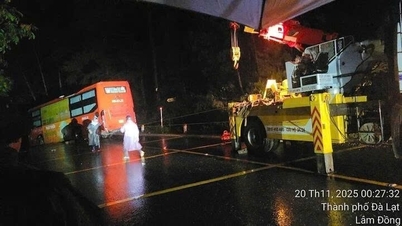

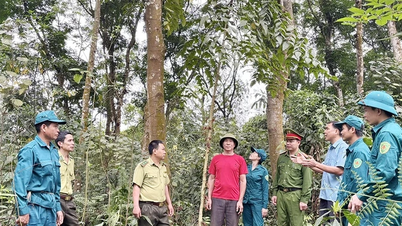

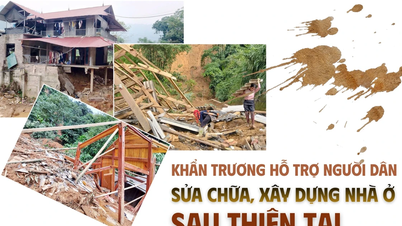







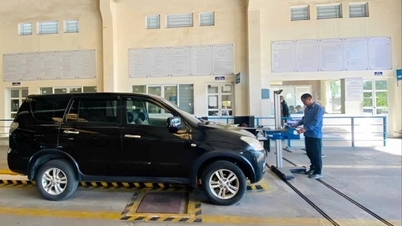
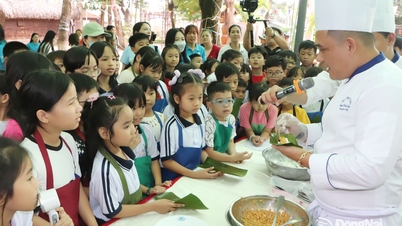





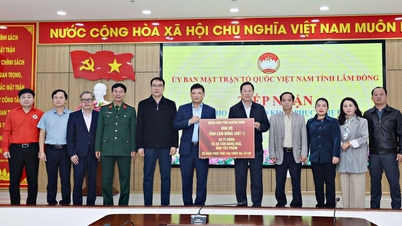


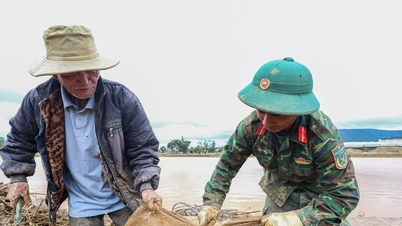

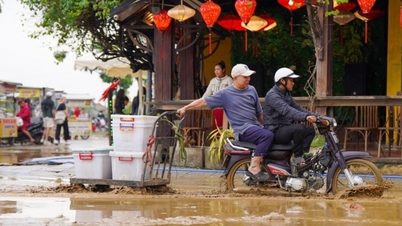







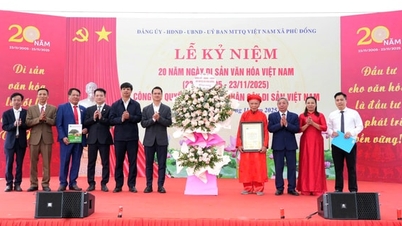





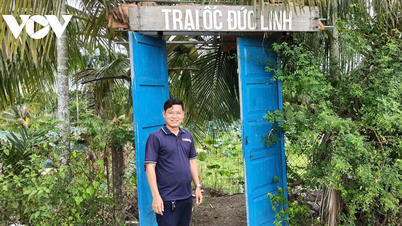

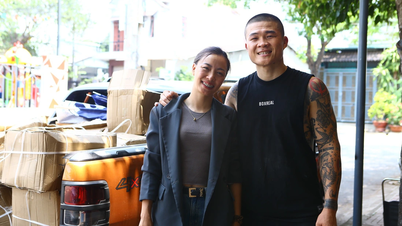





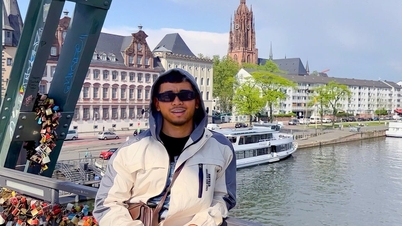

















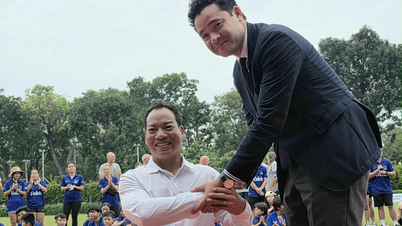





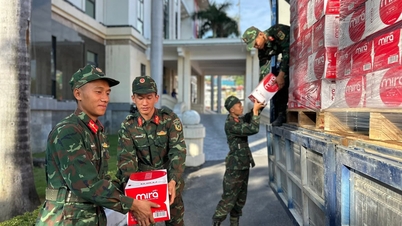
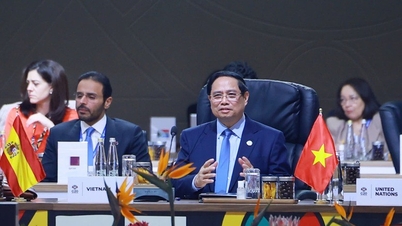








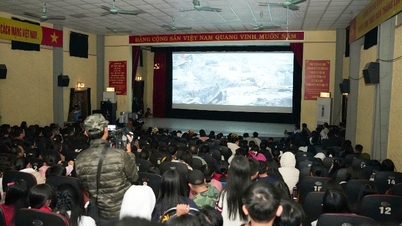




















Comment (0)